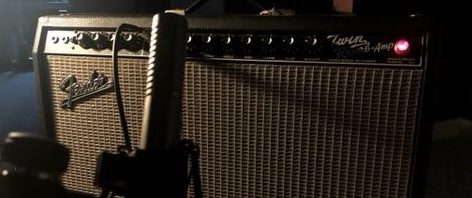Over the weekend Simon and I spent some time recording some new samples from the Apprehension Engine and my player piano. For the last year, when it came to recording, I’ve been running direct from the Apprehension Engine, using and SM 57 or Simon’s Rode boom mic to capture instruments in the room. Both mics have worked out, but I also knew I wasn’t getting the most out of my instruments with those mics. I knew it was time to bump up my recording game I just needed to know where to go.
So I spoke to some friends who are professional recording engineers, producers, enthusiasts and hobbyists about what kind of mic I should try.. They all came to the same conclusion, a ribbon mic. So after a bit of research I decided to rent a Royer 122 ribbon microphone from MicRentals.com. I didn’t really know what I was going to get when I placed my order. I assumed it would be something that sounded great, but i had no idea the new levels of tonality it would bring to my instruments.
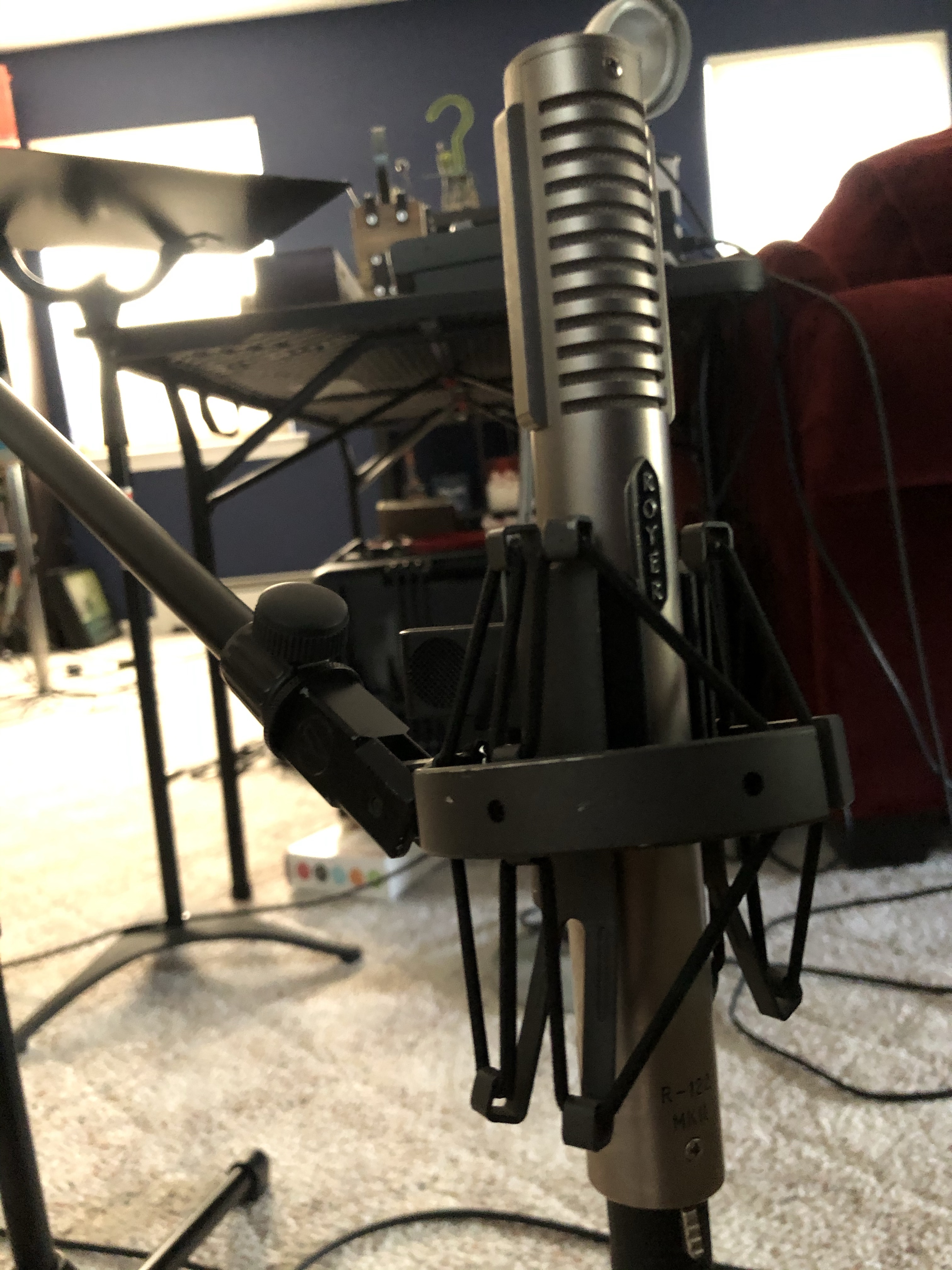
The Royer 122 is a beautiful, clean and warm sounding ribbon mic. I’ve never used anything that captured sound on such a natural level with such little noise. We ran the Apprehension Engine through my Fender Twin Reverb so we could really hear the warmth and low end of the Apprehension Engine. These frequencies tend to get lost when running it just direct through it’s pre amp.
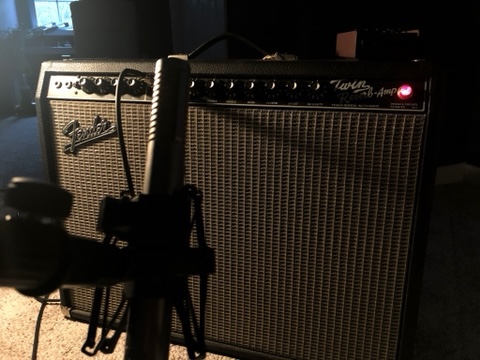
What was so remarkable about recording the engine with this mic instead of my usual SM57, was how warm and real the sound was. What you heard in the room is what you got. The ribbon responds so well to what is coming out of the amp that I didn’t feel like I had to adjust for high frequencies and then add low end back in in post. The only thing I had to do, besides lift the amp off the floor so the low tones didn’t rumble the mic ribbon, was turn on the Royer 122’s built in bass roll off switch. This mic is very sensitive to low tones. When recording plosives and percussive elements from the engine, we needed to use this feature along with some alternate mic placement to prevent the mic from rattling the ribbon element and distorting the signal.
There is an option on the mic for a 15db pad. We didn’t really use this feature for our sessions. We tried it and did help with the overall volume, but we were losing too much in the low end with it so we decided it was better to adjust mic placement and gain. It seems like would work better for signals that that were much louder and had higher frequencies. I’ll have to do some more aggressive instruments next time to experiment further with that feature .
Sunday I spent some time updating my samples of individual notes from my player piano. I simply went key by key capturing each one. These notes work really well for creepy accents. It’s a technique inspired by Stanley Kubrick’s Eyes Wide Shut. I tend to use these individual notes on shows like Evil Lives Here on Investigation Discovery. Again I was blown away how full bodied those notes sounded.
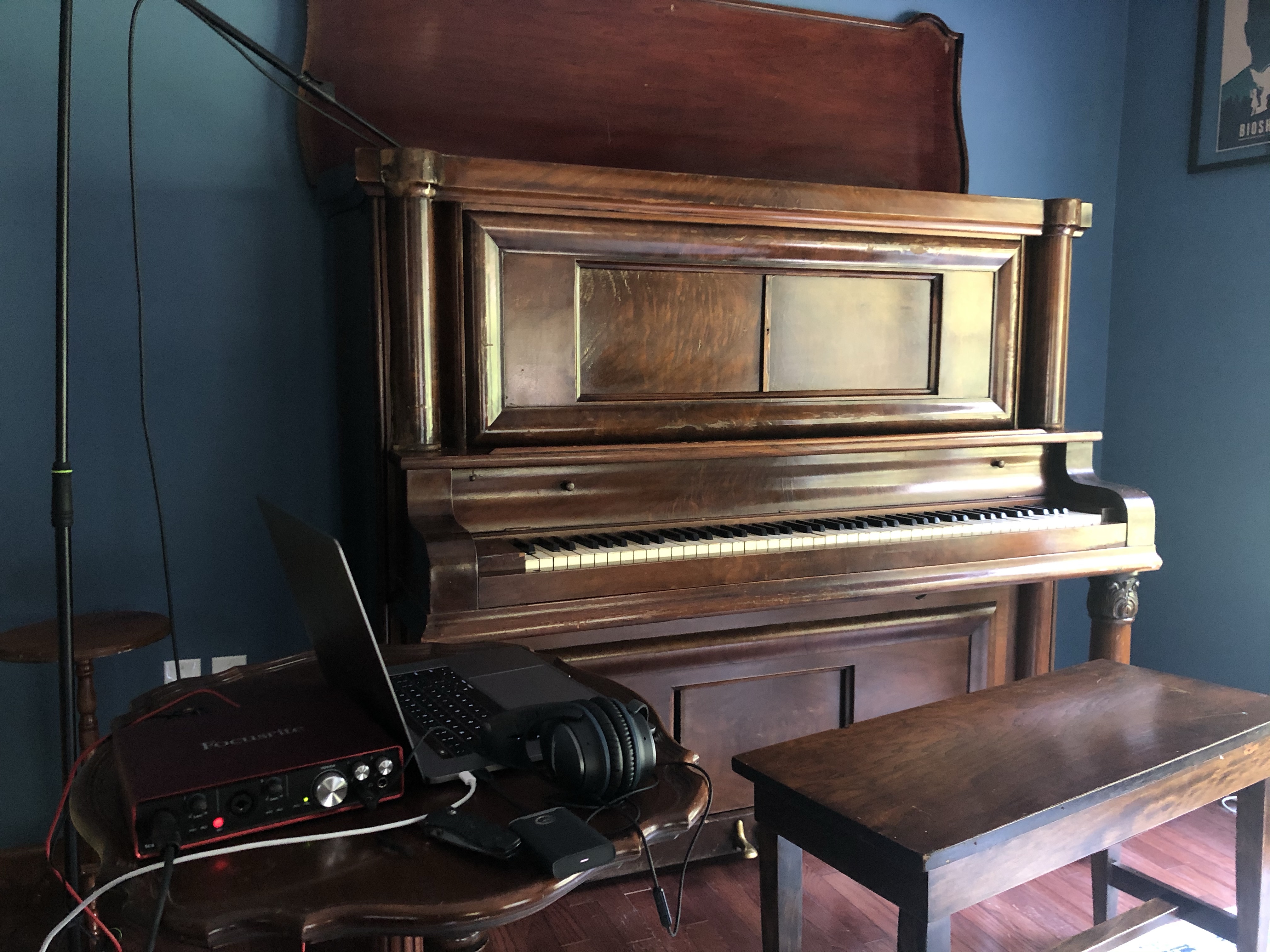
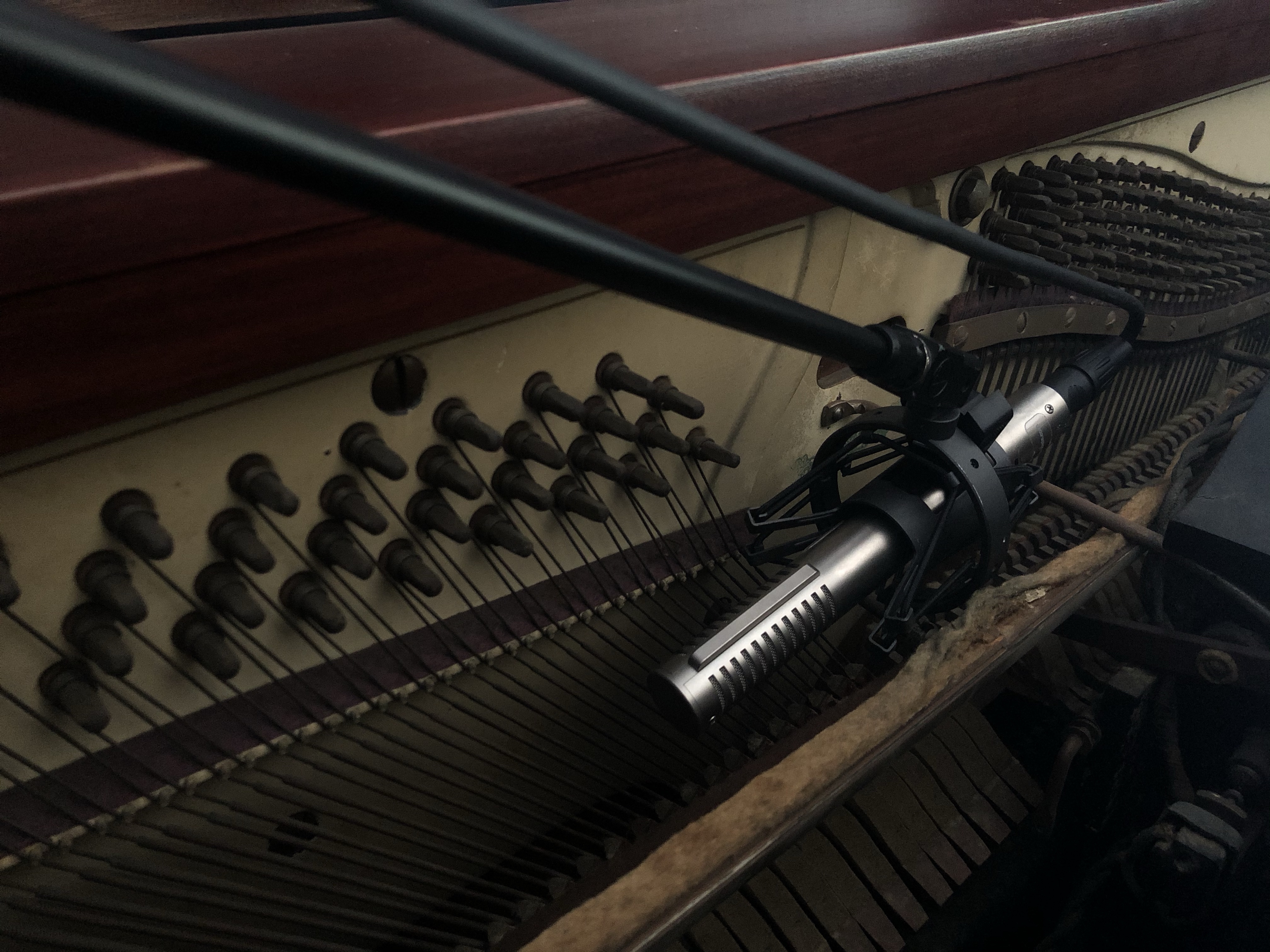
I can’t recommend this mic enough for recording instruments with a variety frequencies. Especially instruments that are more acoustic and can benefit from the Royer’s ability to capture low frequencies.
I want to further explore this mic’s capabilities using higher frequencies. I’d like do another session bowing the rulers on the engine for some high end shrieks. I’d also like see how much low end I get out of the hurdy gurdy and if the mixed in higher frequencies in the gurdy’s strings cut through.
I’d also like to incorporate a good mic pre amp. I only used my Focusrite interface with it’s pre amp and phantom power to power this mic (one of the benefits to the Royer 122 over the 121 is its active electronics and ability to use phantom power). It was enough power to record, but a dedicated pre amp will really let me sculpt the sound even more.
I’ve already started plotting a budget to acquire my own Royer 122. I can see it being used over and over again for the crowd of eclectic instruments I run with. I’d say it’s a must for anyone looking for a warmer more natural tone, especially if you can run through cabinets and amps that have larger speakers. It really fills in the gaps that digital recording can often lose. Check out MicRentals.com. if you’re looking to have your own lost weekend capturing some sweet sounds with a beautiful sounding mic.
